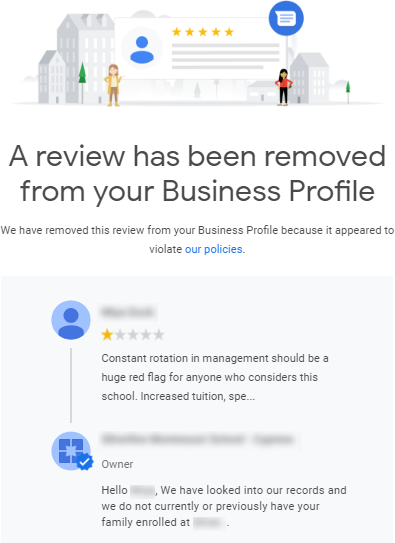Wondering what the correct sales strategy for your business is? Should you establish an inbound only sales force, select an outbound only salesforce, or take a mixed approach? On the one hand, you have inbound only individuals challenging your sales process. On the other hand, an inbound sales force often proves itself an enemy as well.
Let me make it simple. If you’re looking to build a successful business, your sales team needs to be built around inbound sales. The more qualified leads you can generate, the greater your overall return on investment will be. And the best way to accomplish this task is by employing a proven and workable inbound marketing strategy. Go to this website at https://www.scamrisk.com/ecom-elites/ for more helpful information about inbound marketing strategies.
There are two primary types of inbound strategies – an aggressive inbound strategy and a passive inbound strategy. Each has its advantages and disadvantages, but in general the more aggressive sales strategy is more successful. This strategy involves the practice of cold calling, which requires a certain level of finesse. These kinds of sales strategies also generally involve building a large list of contacts, as well as spending considerable amounts of time and money to develop a number of follow up or autoresponder follow up communications.
A more passive approach establishes a line of communication with your target audience. In this situation, there’s no need to build a list or to follow up with previous contacts. All salespeople involved in this kind of strategy simply aim to earn interest from interested prospects without the pressure of following up or incessantly attempting to sell. So what exactly does this strategy entail?
First, an inbound salesperson will make contact with a prospective prospect. They’ll attempt to establish a rapport with the prospect by providing them with insightful information, sharing their own expertise, and perhaps providing something that the prospect is not aware of that can help their own life. The outbound variety of inbound strategy generally involves more persuasion and often involves posing a question that draws attention to the opportunity the prospect is seeking. Once the prospective client takes the action required, the salesperson follows up with another set of follow up emails, usually with offers of a free report or a free coaching session.
Of course, all these activities have an influence on the final impression the prospect gives. To be effective, the entire inbound sales process needs to have a natural flow to it. It should never feel like you’re forcing someone to do something that they simply aren’t interested in doing. A good way to begin creating a natural flow is to break the process down into smaller tasks; for example, ask each prospect to complete one offer then have the prospects go to the HubSpot site to complete the next offer.
Another tip to keep in mind when running an effective outbound and inbound sales approach is the importance of the inbound sales team and the HubSpot site. The key to success is to make sure the offer is appropriate for the audience you are trying to reach. Even if the information you provide to the prospects is helpful, you must make sure that the information is relevant. This can include the type of goods and services offered, price, and timing. The final component of this effective sales approach involves the ability to create a strong landing page.
Inbound and outbound marketing strategies can be extremely useful for online businesses. However, it is important that any company use a combination of both inbound and outbound marketing strategies. While the inbound sales strategies will have a major impact on the bottom line, the successful outbound strategies can help a company attract new customers and convert these customers into paying customers. Any successful inbound or outbound marketing plan takes time to develop and implement, but it is important that the right strategies are implemented from the start.








